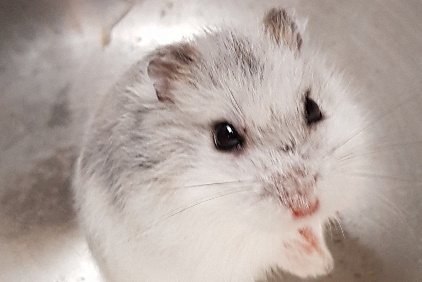Overview of Winter White Hamsters
The Siberian hamster is most commonly known as the 'Russian Winter White dwarf hamster', shortened simply to 'Winter Whites'. They are native to the steppes of Siberia and Kazakhstan and would live in a colony situation in the wild. They experience a strong coat colour change in the winter to help them camouflage which has given rise to their name. They live around 1.5-2 years and measure between 8-10cm, with a short tail and furry feet.
As pets, Winter whites can be kept with same-sex company although they should be introduced at an early age as adult introductions can be very difficult. Spare cages should be on hand in case of fallouts. They can be very vocal hamsters, emitting a range of squawks and high-pitched squeaking.
Adults can be kept in barred caging providing it is 1cm or less, although this might not be good for smaller adults and should not be used for pups. Tanks can also be used providing they are given a mesh lid to provide better ventilation. Cages can be furnished with normal hamsters toys, bridges, and tubes. Nests should be provided as well as a solid-based wheel for exercise.
They can be fed a normal hamster seed mix, supplemented with fresh vegetables such as bell pepper, broccoli, celery greens, sugar snap peas, tomato and red/white cabbage and occasional treats such as mealworms. Commercial hamsters treats can be given infrequently, although if you are unsure if you have a pure winter white or a hybrid then they are best avoided.
Winter white hamsters can be prone to glaucoma. Although this currently has no cure your vet may be able to prescribe eye drops for your hamster.

